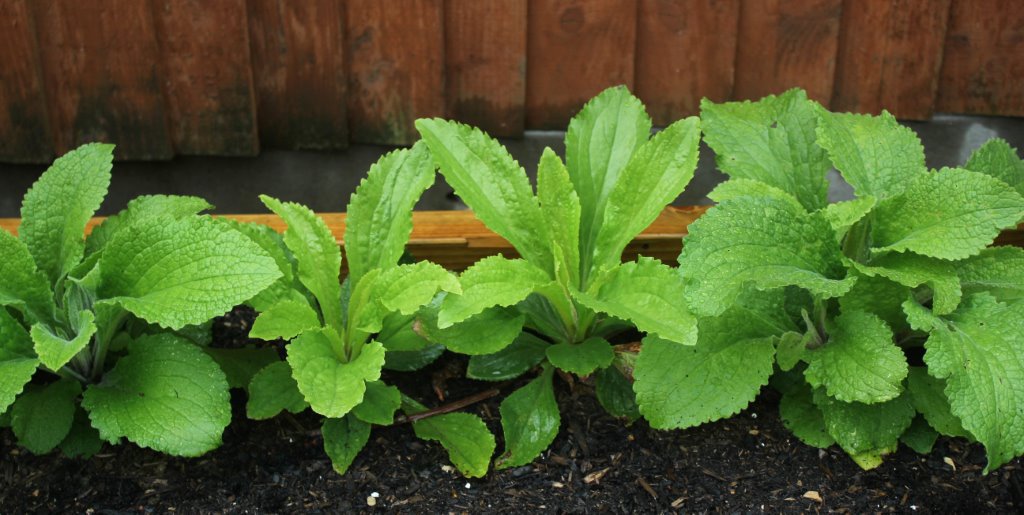And spike and scarify, for September is the traditional month for lawn maintenance, a job I find immensely satisfying. If you have a small lawn, rake out the ‘thatch’ or dead grass and moss that has accumulated over the mowing season with a wire rake or buy an electric scarifier. Hire a motorised scarifier if your lawn is larger and share the use with several friends to save money. First mow the lawn as low as possible, then scarify in different directions, ideally when the grass is moist, not too wet or dry. Go up and down the lawn, then diagonally from corner to corner to remove as much dead material as possible. The blades should run along the surface but not dig into it and never turn with the blades in the ground. The results look alarming but don’t be put off, rake or mow off the debris and put it into the compost heap. Spike compacted areas with a fork, face the front of the fork, then push the spikes into the ground rocking it backwards and forwards to loosen the soil. In severe cases you may need to ‘hollow tine’, to break up surface compaction, these too can be hired or there are smaller versions as hand tools which are like a large apple corers. Finally, brush in top dressing, repair worn patches, with seed and feed with autumn lawn fertiliser and water if rain is not forecast. It is hard work, but rewarding!
Treating perennial weeds with glyphosate based weed-killer is particularly effective at this time of year. Growth is starting to slow, so the treatment becomes more effective, as the chemical is taken right down into the roots. Protect treasured plants nearby, spray on a still day, use a glyphosate gel or cover the foliage with a board or piece of plastic sheeting.
To keep your summer bedding and hanging baskets looking good, keep feeding with high potash fertiliser, watering and deadheading – you will be surprised how long they’ll last. Continue deadheading any plants which are not being grown for their ornamental fruits do this and herbaceous plants like dahlias, will continue flowering until the first frosts.

While out in the garden I will be lifting and replanting a small row of ‘Foxgloves’, (see picture) these and any spring flowering biennials sown earlier in the year should be transplanted now. Lift when the soil is moist – it has just rained heavily!) and water well after transplanting. It is also important to buy and plant your spring bulbs as early as possible for the widest possible choice and so they are established before the onset of cooler weather.
Damping down to maintain humidity in the greenhouse is still important during hot sunny days but do this in the morning so the atmosphere in the glasshouse has dried by the evening to prevent problems with ‘damping off’. If the atmosphere remains damp, open the glasshouse vents a little more to ensure that all the leaves are dry and prevent grey mould.
Happy gardening! Matt


